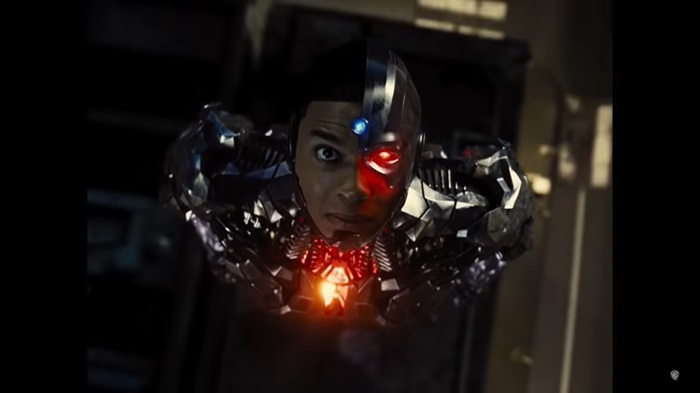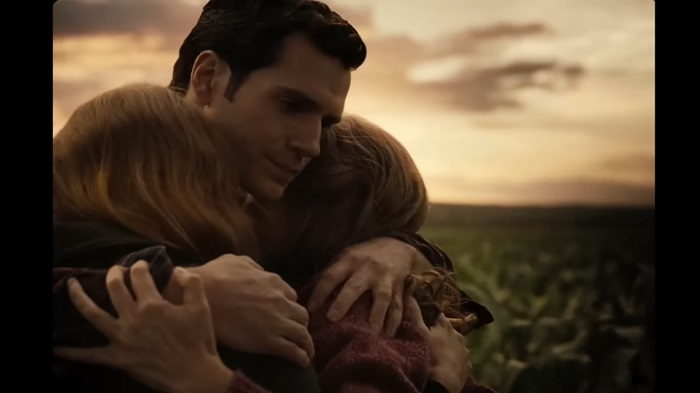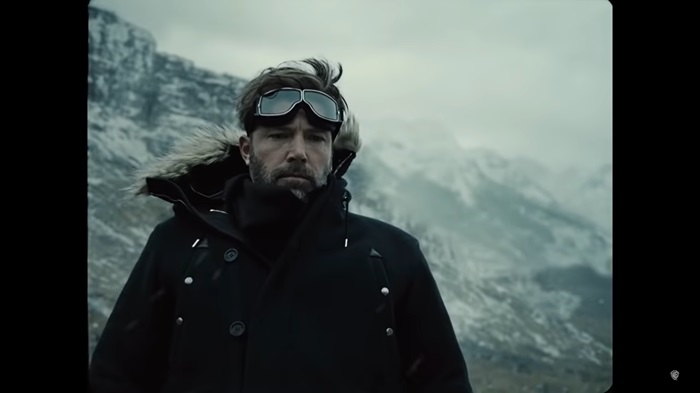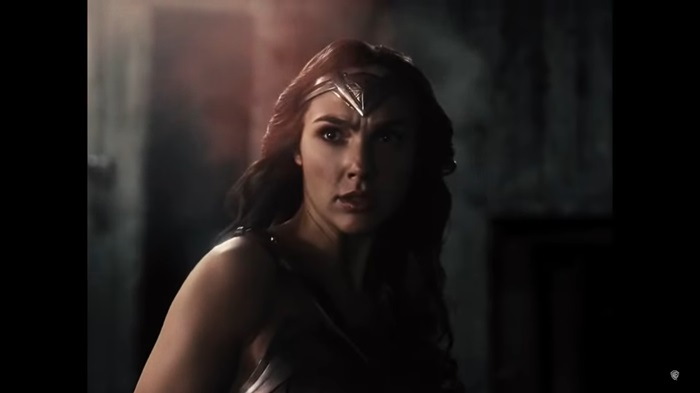Zack Snyder's Justice League, released in 2021, is an extended and reimagined version of the 2017 film Justice League. Directed by Zack Snyder, this four-hour epic presents a more complete and coherent vision of the DC Extended Universe (DCEU) storyline.
Plot Summary
Zack Snyder's Justice League begins with the aftermath of Superman's (played by Henry Cavill) death in Batman v Superman: Dawn of Justice. The world is left vulnerable, and an ancient threat, Steppenwolf (played by Ciarán Hinds), emerges to conquer Earth and obtain the powerful Mother Boxes. Batman/Bruce Wayne (played by Ben Affleck) takes the lead in forming a team of metahumans, including Wonder Woman/Diana Prince (played by Gal Gadot), Aquaman/Arthur Curry (played by Jason Momoa), The Flash/Barry Allen (played by Ezra Miller), and Cyborg/Victor Stone (played by Ray Fisher).
As the Justice League comes together, the film delves into each member's backstory, providing more depth and context to their characters. Cyborg, in particular, receives significant development, exploring his origin and the emotional struggles he faces after a life-altering accident. This character exploration is a notable addition to the Snyder Cut, adding layers of complexity to the narrative.
The main plot revolves around Steppenwolf's quest to reunite the three Mother Boxes, ancient devices with immense power. These boxes, when combined, have the potential to reshape reality and bring about catastrophic consequences. Steppenwolf's primary goal is to gain favour with Darkseid (played by Ray Porter), a cosmic tyrant seeking revenge on Earth. Darkseid's involvement adds a cosmic and mythological dimension to the storyline, raising the stakes for the Justice League.
The Ending Explained
The final act of Zack Snyder's Justice League unfolds as the united superheroes confront Steppenwolf and his parademon army at the stronghold known as the Unity. This location becomes the focal point for the convergence of three Mother Boxes, powerful artifacts that, when united, can reshape worlds. Steppenwolf aims to activate the Unity, which would lead to the destruction and transformation of Earth into a new Apokolips under the control of Darkseid.

The climactic battle is intense, with each hero showcasing their unique abilities and working together as a formidable team. The film not only expands the action sequences but also deepens the emotional resonance of the characters. The added runtime allows for more development of the individual members of the Justice League, particularly Cyborg (played by Ray Fisher), whose backstory and struggles are explored in greater detail.
One of the significant additions to the climax is the resurrection of Superman (played by Henry Cavill). In the wake of Superman's death in Batman v Superman: Dawn of Justice, the League devises a plan to use a Kryptonian genesis chamber within the Kryptonian scout ship to bring him back to life. This moment is a pivotal turning point, not only in the battle against Steppenwolf but also in the evolution of Superman as a character within the DCEU.

Superman's return is not without challenges. Initially disoriented and confused, he engages in a conflict with the other members of the Justice League. This sequence showcases the strength of Superman and the formidable challenge the League faces in trying to bring him back under control. The internal conflict within the team adds layers to the narrative and emphasizes the monumental task of balancing the power dynamic among the superheroes.
The turning point in the battle against Steppenwolf comes when Lois Lane (played by Amy Adams) arrives on the scene. Her presence helps ground Superman and bring him back to his senses. This emotional reunion is a key moment in the film, not only for the characters but also for the overarching narrative. It marks Superman's return to the fight as a symbol of hope, reinforcing the importance of unity and teamwork in the face of overwhelming odds.
As the battle intensifies, the League faces setbacks, and Steppenwolf gains the upper hand. The stakes are raised when the Unity is activated, and the destructive power threatens to reshape Earth. At this critical moment, Cyborg taps into his connection with the Mother Boxes, revealing his ability to manipulate them and potentially alter the outcome of the impending disaster.
Cyborg's role in the climax is significantly expanded in Snyder's version, providing more depth to his character and emphasizing the importance of his connection to the Mother Boxes. In a powerful moment of self-discovery, Cyborg embraces his newfound abilities and sacrifices himself to disrupt the Unity. This act not only showcases Cyborg's growth as a hero but also highlights the potential for lesser-known characters to play pivotal roles in epic superhero narratives.
The sacrifice made by Cyborg results in a temporary victory for the League. Steppenwolf is defeated, and the threat of the Unity is averted. However, the film doesn't conclude with a traditional, straightforward resolution. Instead, it introduces an epilogue that serves multiple purposes, including setting the stage for potential future storylines, providing closure to certain character arcs, and offering glimpses into alternate realities.

The epilogue of Zack Snyder's Justice League is divided into several segments, each contributing to the overarching narrative. One notable sequence is the Knightmare timeline, a dystopian future where Earth has fallen to Darkseid, and Superman has become a tyrant under his control. Batman (played by Ben Affleck), Mera (played by Amber Heard), The Flash (played by Ezra Miller), Deathstroke (played by Joe Manganiello), and Cyborg form a desperate alliance against the oppressive forces.
This Knightmare sequence is a direct continuation of similar visions teased in Batman v Superman: Dawn of Justice. It not only provides a glimpse into a dark and apocalyptic future but also hints at potential storylines that could be explored in future DCEU films. The inclusion of Jared Leto's Joker in this sequence adds another layer of intrigue, showcasing a dynamic and tense interaction between Batman and his iconic adversary.

Another segment of the epilogue focuses on the resolution of individual character arcs. Wonder Woman (played by Gal Gadot) returns to Themyscira, acknowledging her responsibility to protect her homeland. Aquaman (played by Jason Momoa) returns to Atlantis, resolving his internal conflict and accepting his role as a bridge between two worlds. These moments offer closure for these characters and emphasize their growth and acceptance of their destinies.
The epilogue also includes a scene with Martian Manhunter (played by Harry Lennix), who reveals his true identity to Lois Lane. This unexpected revelation opens the door to potential future developments involving the Martian Manhunter character within the DCEU. The interconnected nature of these scenes in the epilogue underscores Snyder's vision for a more expansive and interconnected superhero universe.
The film concludes with a hopeful note as Batman and Wonder Woman discuss the formation of the Hall of Justice and the potential for a united league of heroes. This moment serves as a callback to classic comic book lore and reinforces the idea that, despite the challenges faced by the heroes, there is a collective commitment to defending Earth against future threats.






